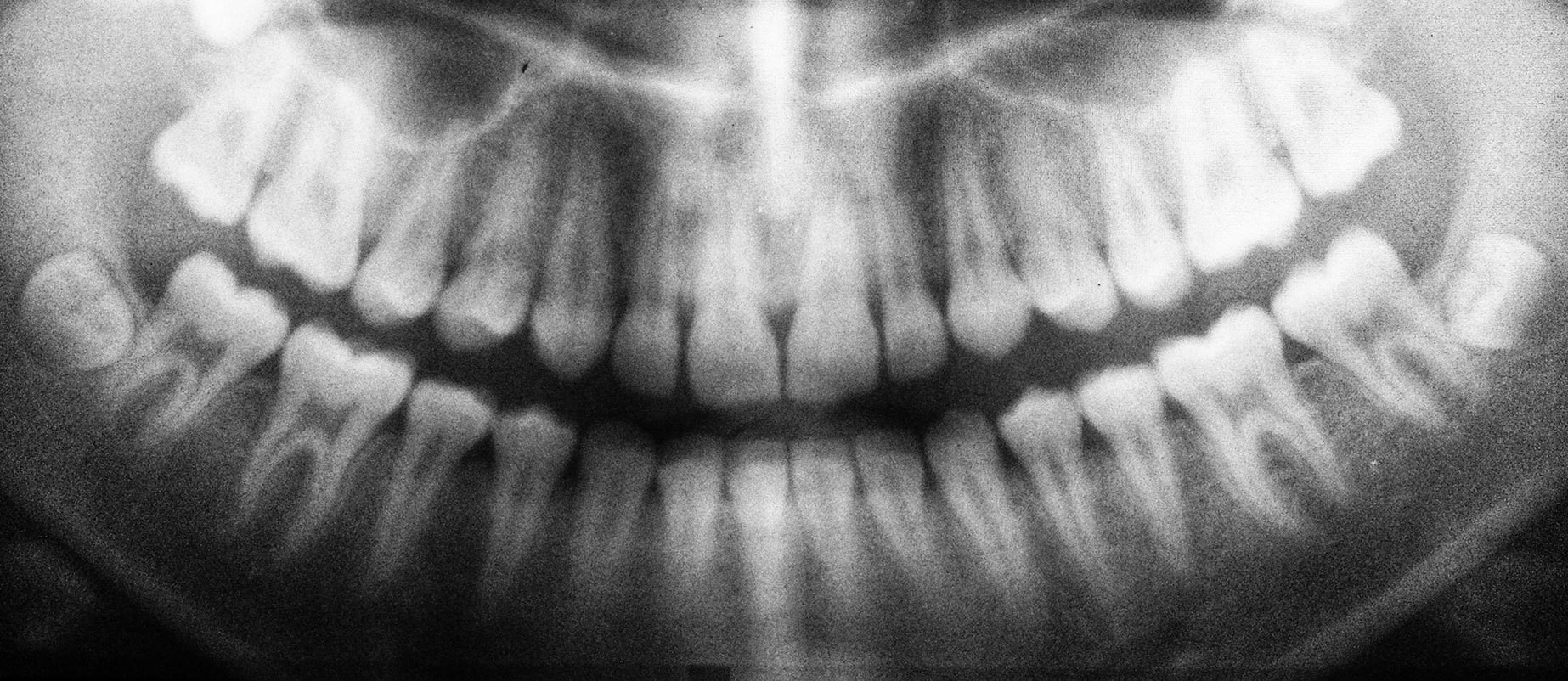A new study published today in the American Cancer Society’s journal, Cancer, associates frequent dental x-rays with an increased risk of meningioma, the most common type of tumor. Found in the brain, this type of tumor is typically non-malignant. This study has been the topic of widespread media coverage and consequentially the American Dental Association’s x-ray recommendations are now being scrutinized. This puts dentist in the hot seat with regards to determining how to keep radiation to a minimum, at the same time maintaining a high level of care.
You are being exposed to radioactivity everyday of your life, whether you are aware of it or not. Here at our office we take this topic very seriously. We know that everyone wants to be their healthiest and because of that, taking dental radiographs is still an essential part of the process in optimizing our client’s oral health. For over five years now we have been using, state of the art digital x-ray technology to capture any changes within our client’s mouths.
Studies have shown that the radiation exposure from traditional dental x-rays is about 1/100th of the amount of radiation obtained from natural sources in the US each year. Furthermore, digital x-rays produce 80-90% less radiation compared to that of traditional dental x-rays. Not only are digital x-rays better for the health and safety of our clients, they are faster and more comfortable to take, which reduces your time in the dental office. Also since the image is captured electronically, there is no need to develop the x-rays, thus eliminating the disposal of harmful waste and chemicals into the environment.
Dental x-rays are an essential preventative and diagnostic tools that provide valuable information not visible during a regular dental exam. They enable us to look at what is going on between teeth, and under the gums. Dr. Okamura uses this information to safely and accurately detect hidden dental abnormalities within the teeth and bone, thus completing an accurate treatment plan. Without x-rays, problem areas may go undetected. Dental x-rays reveal:
Digital radiography uses an electronic sensor, instead of traditional x-ray film, to capture the image. The digital images are stored directly to a computer. Low dose digital x-rays have a number of advantages:
We hope this information was helpful. If you have concerns pertaining to your dental x-rays and the recommended usage of them. Please let us know at your next visit, we would love to discuss this topic in greater detail with you.

